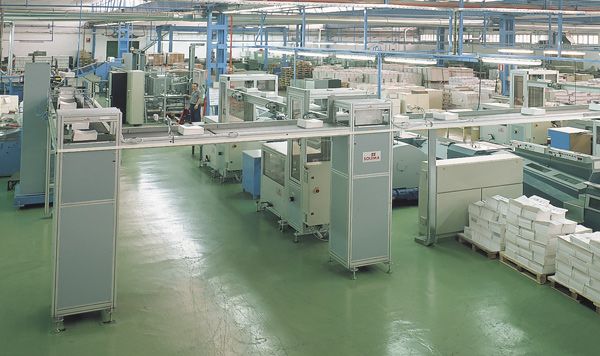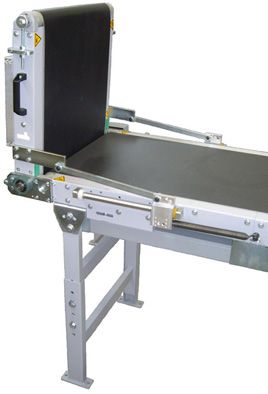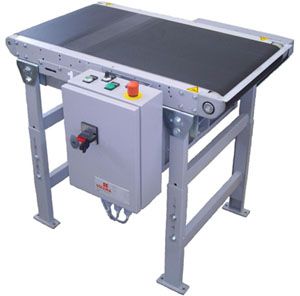
The foundation of efficient production lines
In modern production facilities, the conveyor belt is the backbone of the production line, ensuring the smooth movement of materials through different stages of manufacturing. The first uses of conveyor belts date back to the late 19th century, with Henry Ford famously adopting them in 1913 for his automobile assembly line. This revolutionary approach allowed products to move continuously through various workstations, significantly reducing manual handling and speeding up production.
Automated transportation of materials made it possible to increase output and lower product costs, democratizing goods for broader access. Over time, conveyor systems have evolved, becoming indispensable in industries ranging from graphic arts to packaging. Today, conveyor systems offer flexibility for a range of applications, including flat, uphill and vertical transport. Accessories like side guides and rollers optimize space utilization and operator movement, providing complete solutions for moder production.

